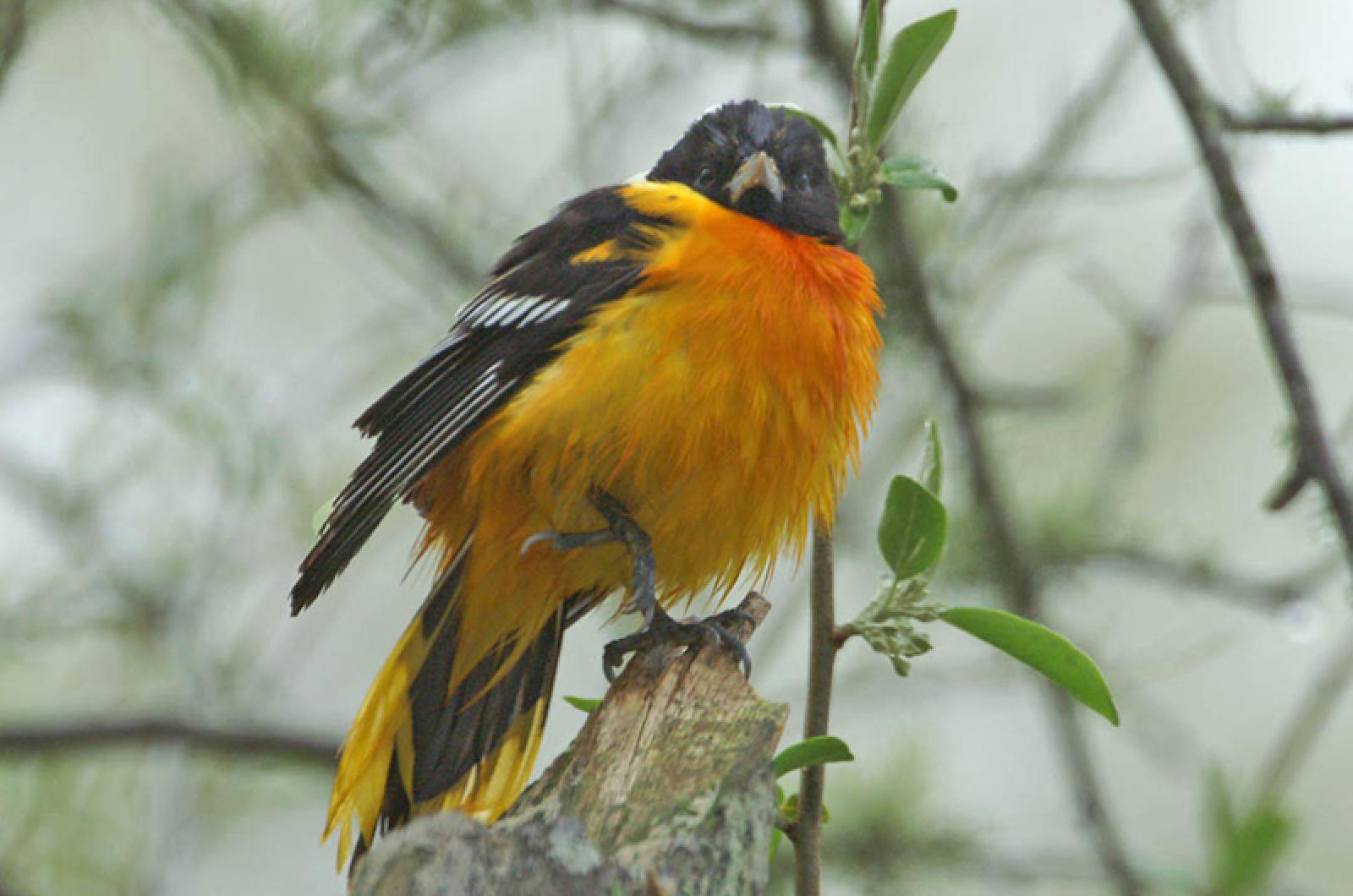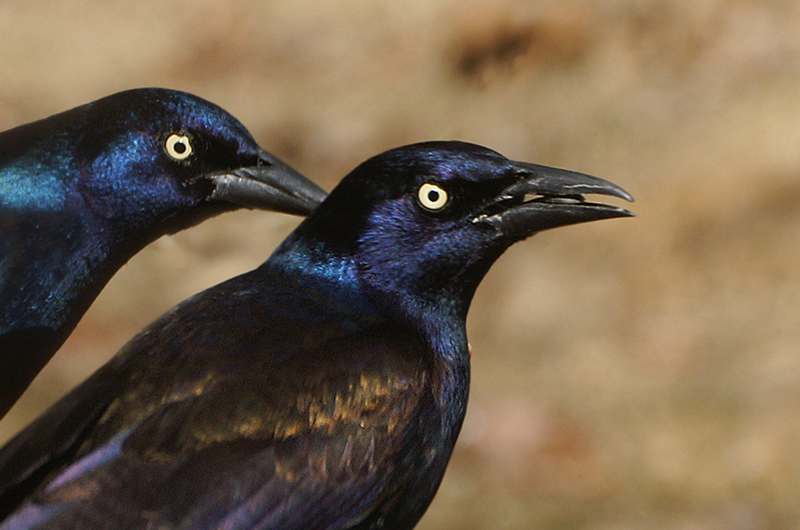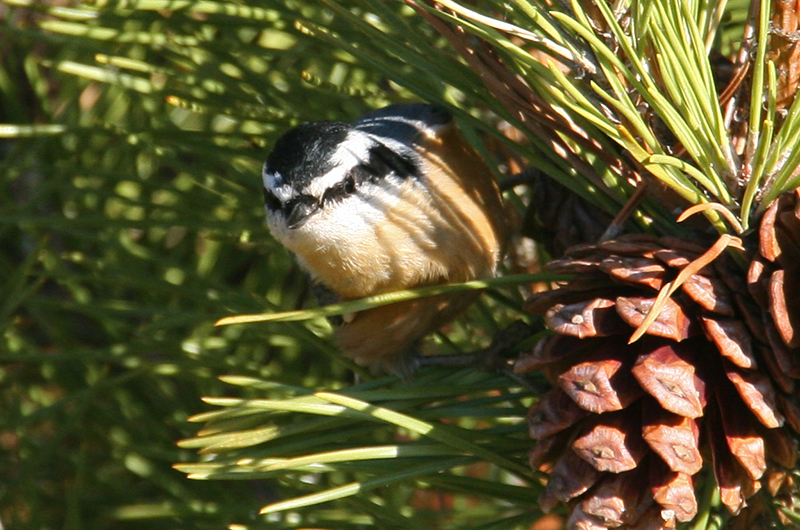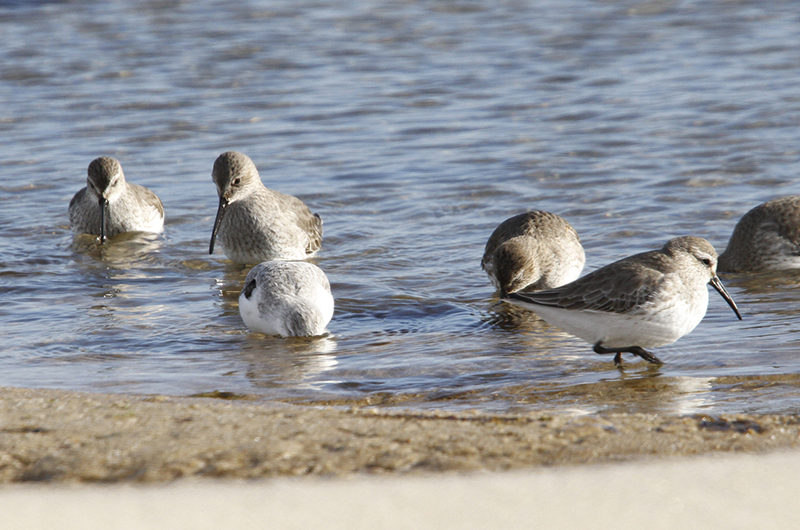I associate the arrival of a northern waterthrush with the start of the southward songbird migration. Sure, we have had yellow and prairie warblers, and common yellowthroats — all common nesting species that could also be migrants. The northern waterthrush does not nest here, so the one I saw at Cedar Tree Neck near Ames Pond on August 27 was definitely a migrant. The songbirds will now start pouring through. As hard as it is to believe, Labor Day weekend is here.
Baltimore orioles are another early migrant and few orioles were seen in the first half of the month. Their peak migration is in late August and most of them have departed by mid-September. In the state forest, Bridget Dunnigan and Sea Williams spotted one on August 12, 18 and 21. Shea Fee and Skylar Kardell found one, as well as a red-breasted nuthatch, on August 17.
Felix Neck has had several oriole sightings: Ginny Dorgan on August 19, Steve Allen on August 20 and Nora McNamara-Bordewick on August 26. On August 24 Holly Mercier spotted one at her Edgartown feeder, Pam Speir observed one at her birdbath and Charlie Kernick spotted a pair of them at his West Tisbury feeders. I heard one singing near my Vineyard Haven home on August 25, Christine Audette and Tim Donovan watched one near Stonewall Pond on August 26 and 27.
Finally — and most amazing — is the photographed Baltimore oriole that was very weak when Mike Sylvia fished it out of the ocean approximately 20 miles southwest of Aquinnah on August 25. It had regained strength by the time the ship returned to Dartmouth, where it was released and quickly flew off into the trees. That is one lucky oriole!
Another songbird on the move — although I do not think they sing — is the common grackle. Philip Edmundson watched a flock of at least 750 flying past his West Tisbury house on August 18. Cliff Barnsley observed at least 40 on August 28 as they flew through the trees in his West Tisbury yard. Yes, some partook of his feeders.
Saltmarsh sparrows have also been reported. On August 22 Walt Looney spotted one at Little Beach. The next day Shea Fee found one at Norton Point Beach. On August 24 I observed a group of three skulking around the base of the grasses in the salt marsh at the western end of Mattakessett Bay.
The distinctive call of the yellow-billed cuckoo continues to be heard. Francesca Zeta has heard two: one near Tiah’s Cove Rd on August 16 and another along Airport Road on August 27. Philip Edmundson also heard one in the state forest on August 25.
Miscellaneous reports of other songbirds include two sightings of cedar waxwings. Bob Shriber saw two at Lobsterville on August 22 and Madeline Weinstein found one near Chilmark Pond on August 27.
Notable warbler sightings include an ovenbird along Blue Barque Road in Chilmark seen by Lauren Avery. M. Rewey spotted a black and white warbler in the state forest on August 25. Sea Williams and Bridget Dunnigan visited the state forest on August 24 and spotted three common yellowthroats, one prairie warbler and two pine warblers.
Adult bald eagles have been hanging out at Felix Neck recently, usually along the Major’s Cove shoreline. Steve Allen reports one on August 15 and two on August 24. The 19 participants in the Early Birders program were treated to a sighting of an eagle and a yellow-crowned night-heron on August 25.
In other predator news, Margaret Curtin, David Padulo and the rest of the August 23 Bird Club program spotted a northern harrier at Katama Farm.
It has been an amazing summer for shearwaters, although it started in June with emaciated, dead juvenile great shearwaters washing up on our beaches. Then the live shearwaters showed up, mostly in the ocean off Aquinnah and Squibnocket.
That show continues although the numbers are reduced. Between Nomans Island and Squibnocket on August 23, Matthew Born observed 15 Wilson’s Storm-petrels, 45 Cory’s and 35 great shearwaters. On August 25 he found 15 Cory’s and five great shearwaters. And in addition to the Baltimore oriole he fished out of the ocean on August 25, Mike Sylvia observed three lesser black-backed gulls, 57 Wilson’s Storm-petrels and four species of shearwaters: 27 Cory’s, 88 great, two sooty and five Manx. He also spotted 39 semipalmated sandpipers flying by out there.
On August 19 Matthew Born observed a wood duck on one of the Clay Pit Road ponds. On August 22 Walt Looney spotted the first dunlin of the season at Little Beach. And Warren Woessner found two juvenile red knots at Norton Point the next day.
Finally, we need to be considerate when visiting our beaches. Yes, the breeding season is over but migratory shorebirds use our beaches too. Sanderlings breed in the Arctic and common terns breed here as well as much further north. Both spend their winters as far south as the southern tip of South America. Now they gather in large flocks to roost and sleep on our beaches to get ready for the next leg of their migration southward.
At Norton Point on August 25 I watched a kayak land near a flock of approximately 125 common terns that were roosting on the tidal flats. One person from that kayak walked through the flock of terns — even though there was easily several hundred yards of unoccupied beach in either direction — which caused the terns to fly away.
That unnecessary disturbance may make the terns a little weaker and may reduce their survival. A little caution and respect, walking around flocks of birds, helps us to coexist with our fellow earthly inhabitants.
Please email your sightings to birds@mvgazette.com.
Robert Culbert is an ecological consultant with Nature Watch LLC, living in Vineyard Haven.












Comments
Comment policy »